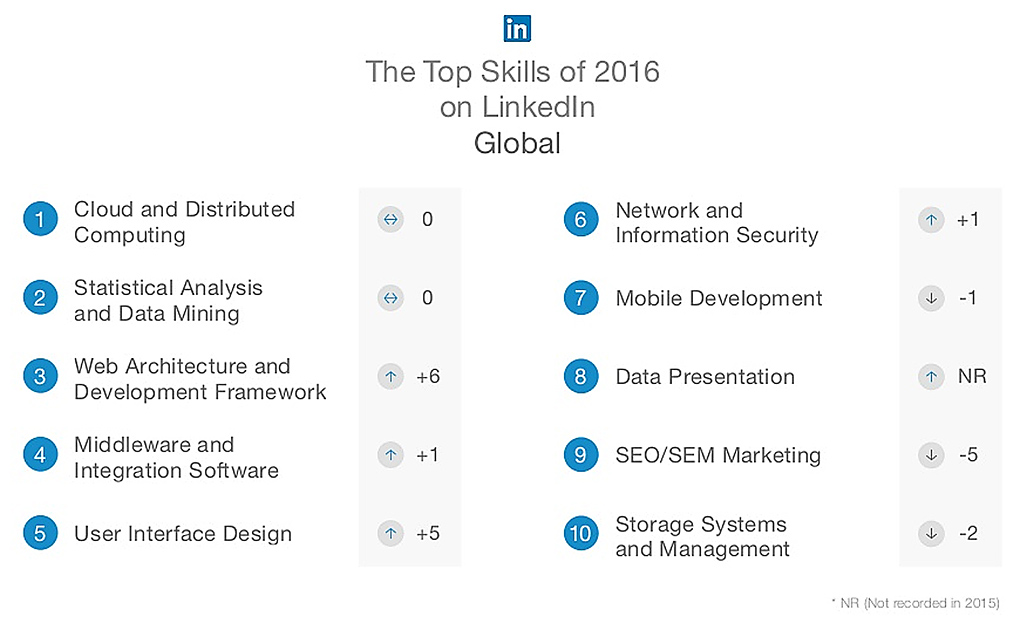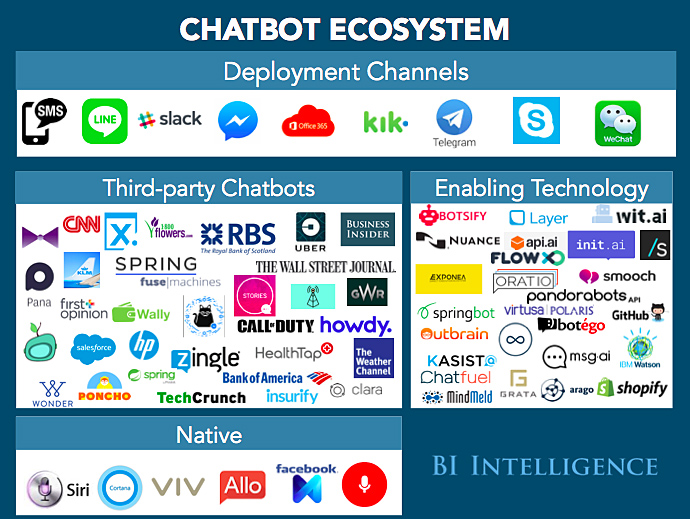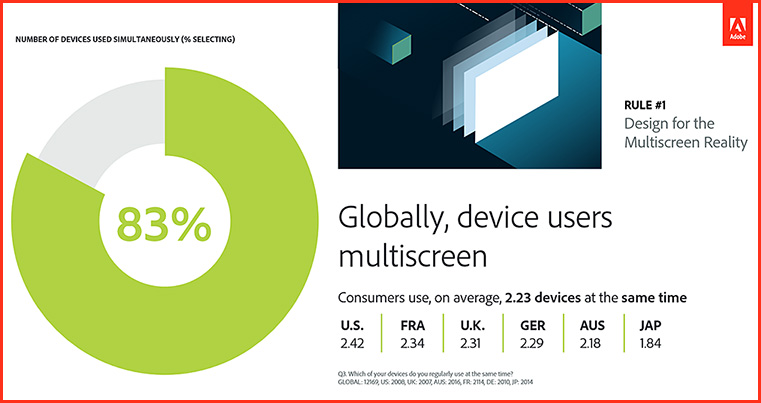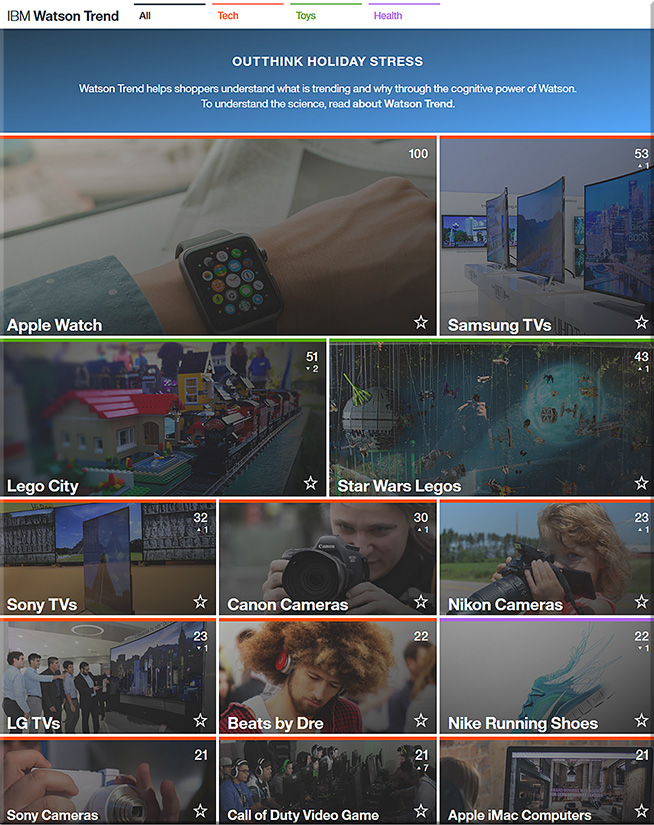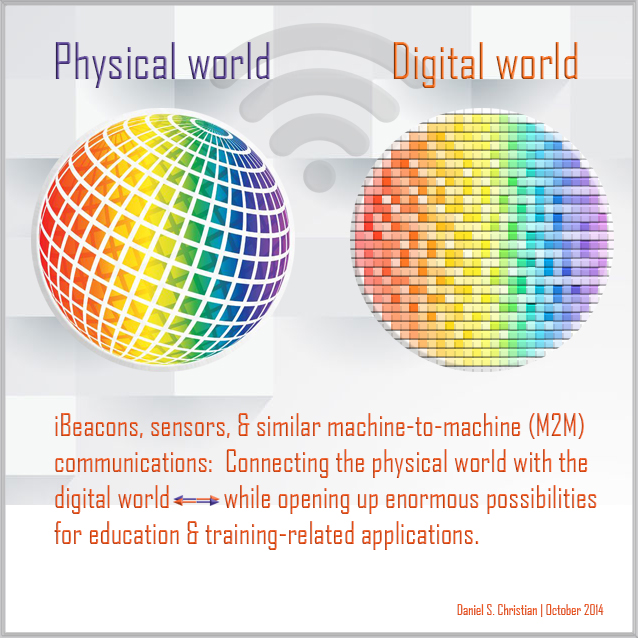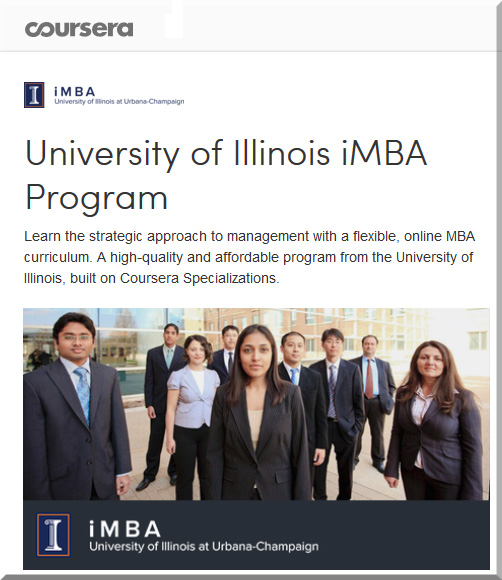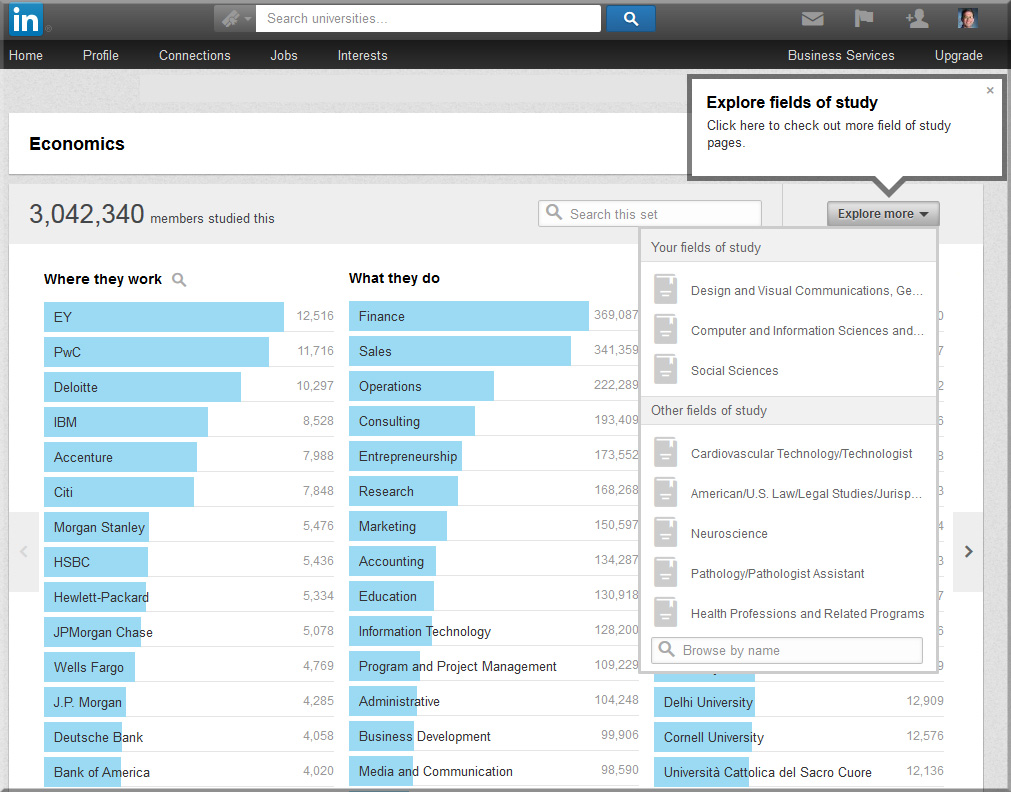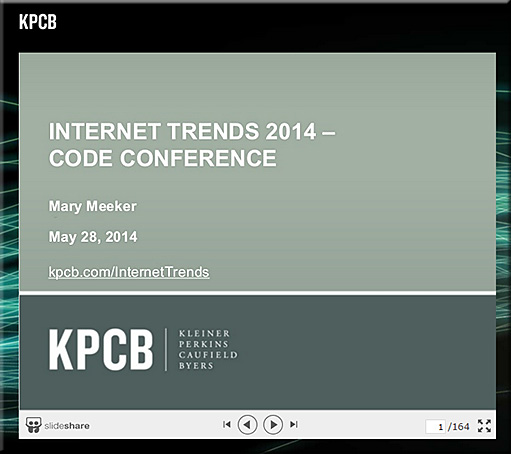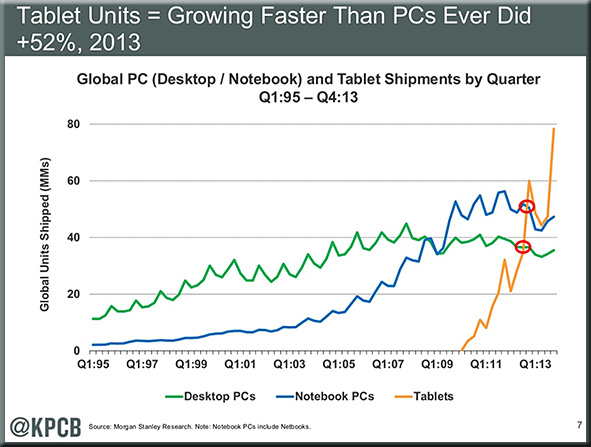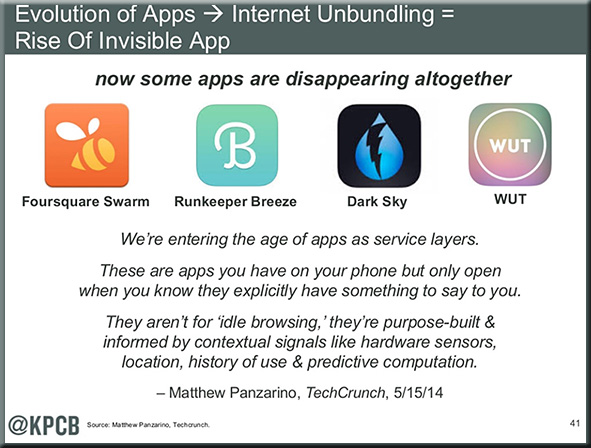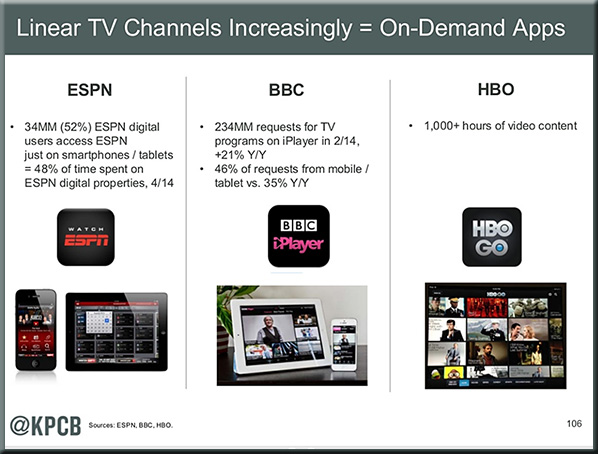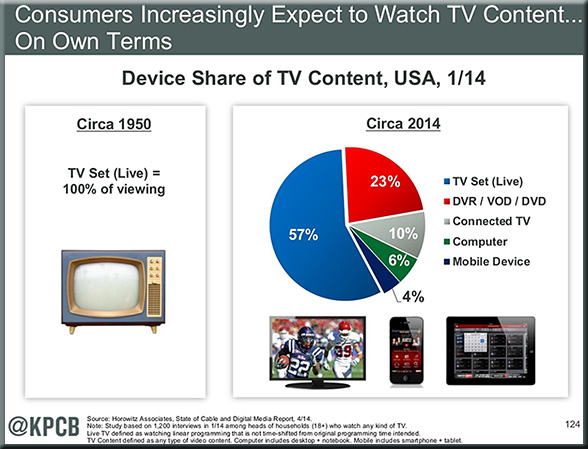From DSC:
The items below speak to the wonderful, powerful world of storytelling. I see storytelling becoming more interactive/participatory — offering more choice and more control to the viewers. There are applications in education, training, marketing, advertising, and more. Finally, I’ve also included some interesting tools/sites for folks to create their own digitally-based stories.
How storytelling can do wonders in blogging — by Kumail Hemani
Excerpt (emphasis DSC):
Why then was my history class one of the best classes I had? We never had to learn by heart any of the history notes in spite of all the dates, events, places and names. What we heard in that class got imprinted in our mind word by word as soon as they reached my ears.
Reason?
It was in the art of my teacher’s style of speaking and style of lectures. She never took our lessons as lectures, instead she choose to tell them through stories.
My teacher knew the art of true speaking. She spoke in such a style that we students felt everything happening around us. The lectures used to start forming an image in students mind, creating a flow, making everything seem like it is happening in the present. In such style of lectures, it only took us moments before everything made an impact on us and we understood everything word by word.
5 apps for making movies on mobile devices — from edutopia.org by Monica Burns
Excerpt:
Every year at Hollywood award shows, we see fantastic movies celebrated for their rich storytelling and dynamic performances. Your students can become moviemakers, too, thanks to some powerful apps for mobile devices. With these tools, your children can take videos and edit their work to make professional quality movies using iOS devices (iPads and iPhones) and Android tablets.
One good thing about this easy-to-use technology is that students can still use important English language arts skills like writing a narrative, planning a sequential story, and including key details when getting ready to make a movie. These apps can enhance the work that you are doing with children in the classroom and give them room to be creative storytellers.
Visual storytelling: Why data visualization is a content marketing fairytale — from searchenginejournal.com by Shane Jones
Excerpt (emphasis DSC):
Humans are scientifically designed to love stories.
More of our brain is engaged when we listen to stories. They cause our neurons to act as if we were actually doing the actions we hear in the story. Stories also have that human element we were talking about earlier, which makes them more entertaining and engaging.
If you do it right, you can use your data to tell the human story – and how it can be improved through the use of your product or service. In fact, the best content visuals do just that. They introduce viewers to a concept or situation (the problem you address), walk them through the main information about that concept or situation (how you’ll address it), and then provide a conclusion in the form of CTA (converting).
In summary, people are interested in learning about themselves, but they’re sick of learning through plain copy, and they’re programmed to desire visual content that tells a tale. Visualizing data is an effective strategy for giving them exactly what they want – information that is more visible and less difficult to digest.
Crowdsourced storytelling: How can you make the most of user-generated content? — from latd.com by Kim Gaskins
Excerpt:
Connect with people on an emotional level.
This may sound obvious, but there are countless ways to frame a particular project or issue to people you’re hoping to entice—so make sure to think like a good marketer. For example, Israel Mirsky is the founder of Uncoverage, a crowd-funding platform for investigative journalism, who has decided to focus his message on the issues that are most emotionally accessible to his audience. There’s a compelling business case backing Mirsky’s efforts; namely, there’s no longer any business model to support important but resource-intensive journalism that may bring in fewer advertising dollars than simple, click-worthy headlines. It’s a powerful argument, but it’s not the one Mirsky is taking to potential contributors: “I suspect that talking about the problem with investigative journalism isn’t the right value proposition to bring to the table here. The right one is the one that individuals care about: the people and the issues that matter to them.”
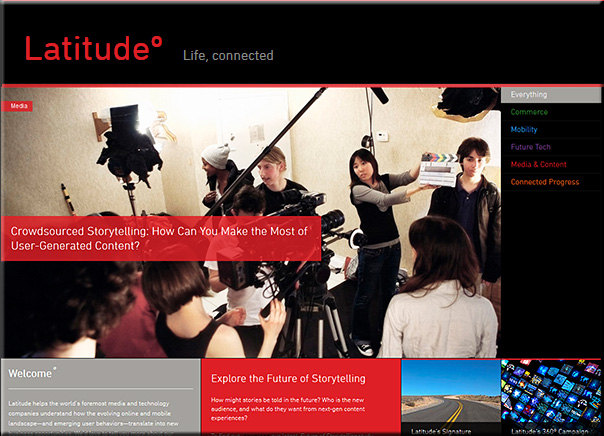
6 great examples of digital storytelling — from 8ms.com by Simon Heyes
Excerpt:
In the socially connected world, the attention span of an audience becomes shorter as more and more mundane content is thrust in front of their eyes. Digital storytelling allows a brand to evoke emotion, and become more connected with consumers.
If content is at the heart of digital marketing, then we believe audiences are at the heart of digital storytelling. By creating a story that is authentic to your brand and to your audience, and then building content around that story, you will connect your brand to the lives of your consumers.
Here are six handpicked examples where we believe great writing is combined with great imagery to create authentic content, and a brilliant digital story.
5 steps for successful transmedia storytelling — from 8ms.com by Simon Heyes
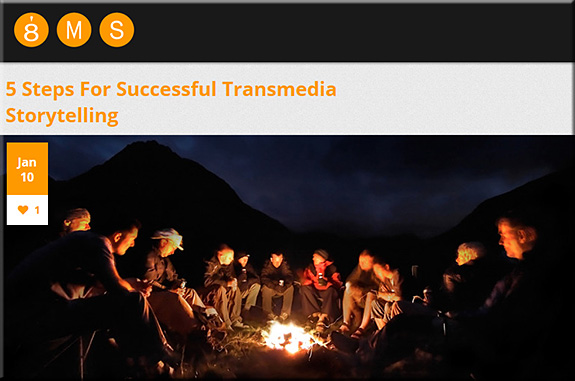
From DSC:
I see storytelling becoming more interactive/participatory — offering more choice and more control to the viewers. As such, here are some interesting tools/sites:
Interlude
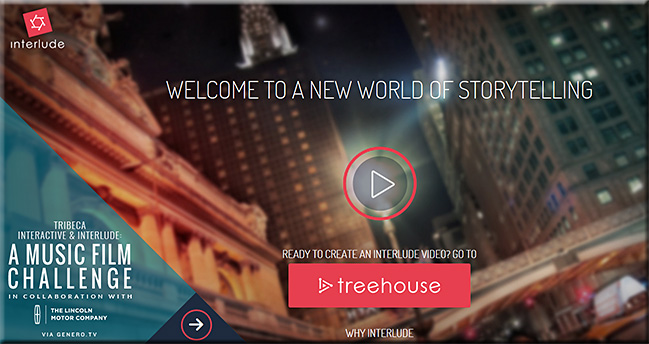
inklewriter
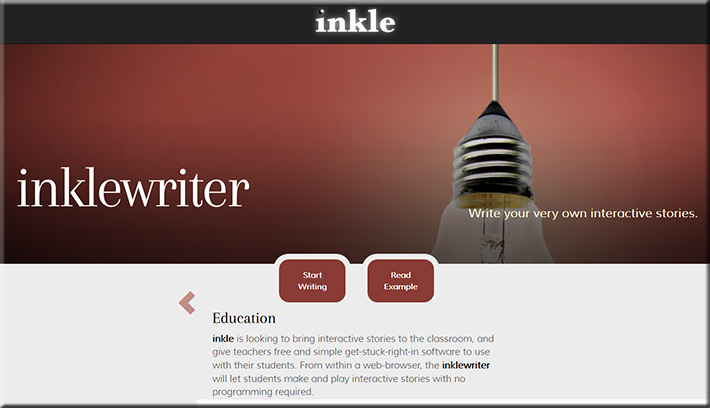
Padcaster

Voicethread
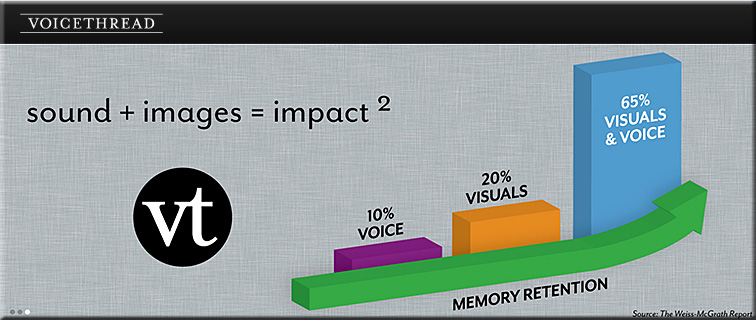
Racontr.com
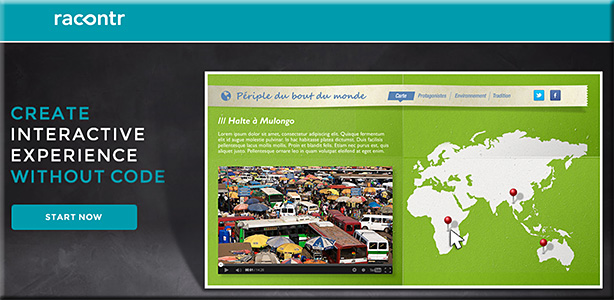
TouchCast
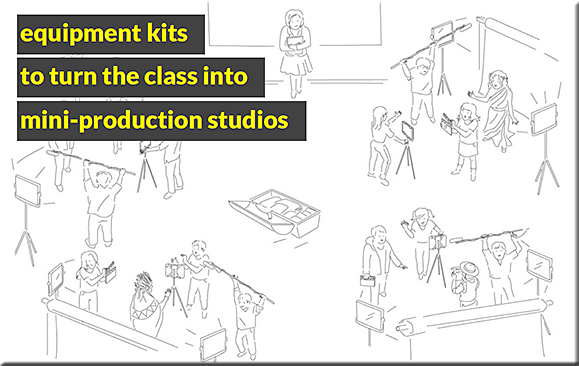
Metta
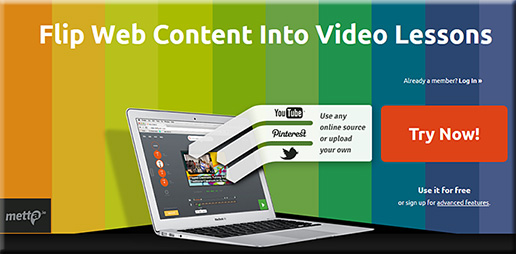
Hapyak

Also see:
5 reasons why you should be using storytelling in training — from dashe.com by Ben Nesvig
Excerpt:
Storytelling has been a popular tool for learning since the dawn of civilization, but thanks to technology bringing new mediums for storytelling, it has been on the rise in training in the workplace. Despite the fact that storytelling is a powerful vehicle for teaching, some still prefer to do a “data dump” because it’s easier than constructing a narrative, though not more effective. Below I provide 5 reasons why storytelling should be used more frequently in the workplace.
Digital storytelling: an efficient and engaging learning activity — from elearningindustry.com
Storehouse
“The easiest way to create, share, and discover beautiful stories.”










